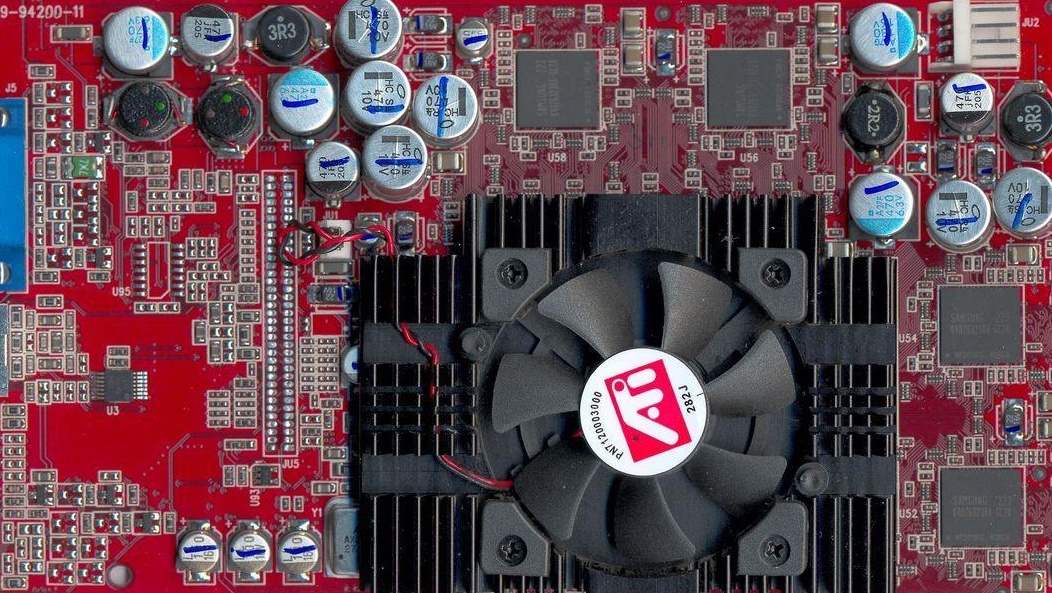Connect3D Radeon 9700 Pro im Test: Leistungssprung bei hohen Auflösungen

Einleitung
Vor einiger Zeit stellte ATi mit der Radeon9700pro die laut eigener Aussage erste vollständig DirectX9 unterstützende Grafikkarte vor. Die schon länger verfügbaren Reviews bescheinigten ihr im Vergleich zum bisherigen Leistungssieger besonders in hohen Auflösungen auch sehr gute, in Kombination mit Anti-Aliasing (FSAA) und anisotroper Filterung (AF) sogar geradezu erstaunliche Leistungen.
Nachdem sich nun die allgemeine Aufregung um die Antwort nVidias in Form des nV30 mit deren Ankündigung auf der Comdex in Las Vegas gelegt zu haben scheint, wollen wir einen abschliessenden Blick auf die Radeon9700pro werfen, von der in den nächsten Tagen die ersten abgespeckten Low-Cost Modelle zu erwarten sind.
Inwieweit die Leistungen, die andere schon vor uns ermittelt haben, korrekt sind und vor allem, woher dieser Leistungsvorsprung kommt, wollen wir in unserem Review der Connect 3D Radeon9700pro klären. Dabei gehen wir natürlich auch auf Treiber, Bildqualität, sowie eventuell auftretende Probleme ein.
